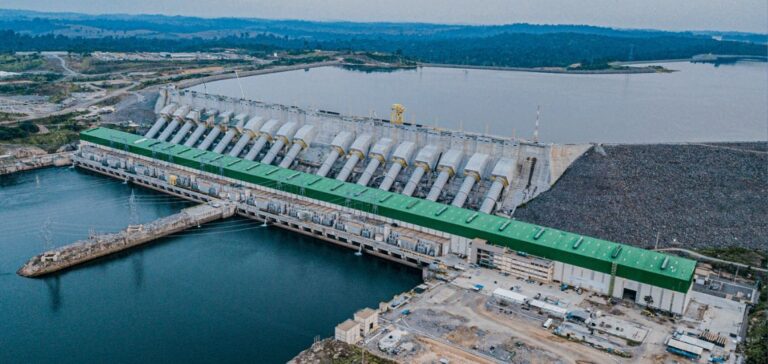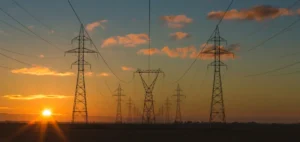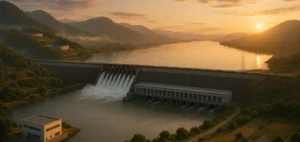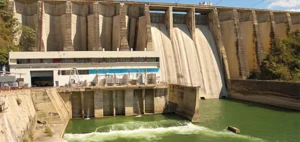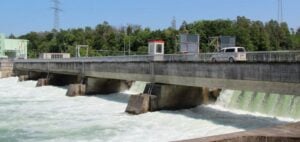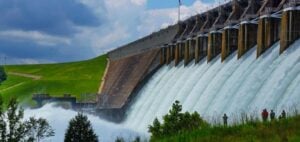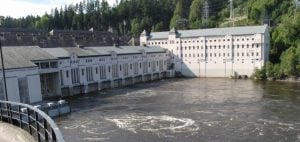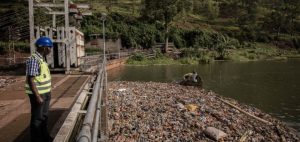GE Renewables Energy wins contract to maintain the Belo Monte hydroelectric plants in Brazil. The company will supervise the operations necessary for the proper functioning of the Brazilian plants over a period of 5 years.
A strategic partnership
GE Renewables Energy will maintain the Belo Monte hydroelectric plants in Brazil. The company already provides equipment for these installations and for 5 years the operator will be in charge of the maintenance of the plants. Belo Monte represents a production capacity of more than 11GW to meet the needs of 60 million people.
The new contract covers the maintenance of all 24 hydroelectric plants. The Belo Monte site has 18 plants, the remaining six depend on the Pimental plant located a few kilometers away. GE Renewables Energy’s hydro division manager Pascal Radue says:
“GE’s experience in large-scale asset maintenance, our digital technology, our service offering and the fact that we are also a manufacturer puts us in a unique position to bring value to this project. The 5-year contract with Norte Energia for the maintenance of the Belo Monte site illustrates our experience and expertise in the operation and maintenance of hydroelectric plants, gained over 20 years in Brazil.”
A large-scale installation
The Belo Monte facility is the largest hydroelectric plant in Brazil. Effective maintenance of this site will provide clean, affordable and safe energy to millions of Brazilians. The company will need to employ experts in mechanical, electrical, planning, health and safety, administration and project management.
GE Renewables Energy is committed to maintaining renewable energy generation facilities. Currently, hydroelectricity accounts for more than 60% of Brazil’s electricity system. The company’s goal is to reduce the cost of clean energy to support the energy transition.

